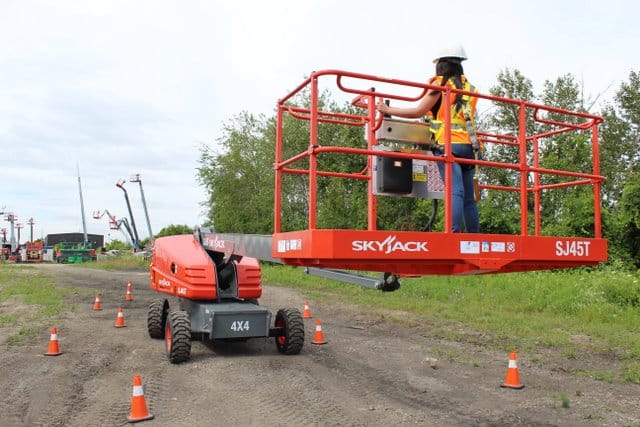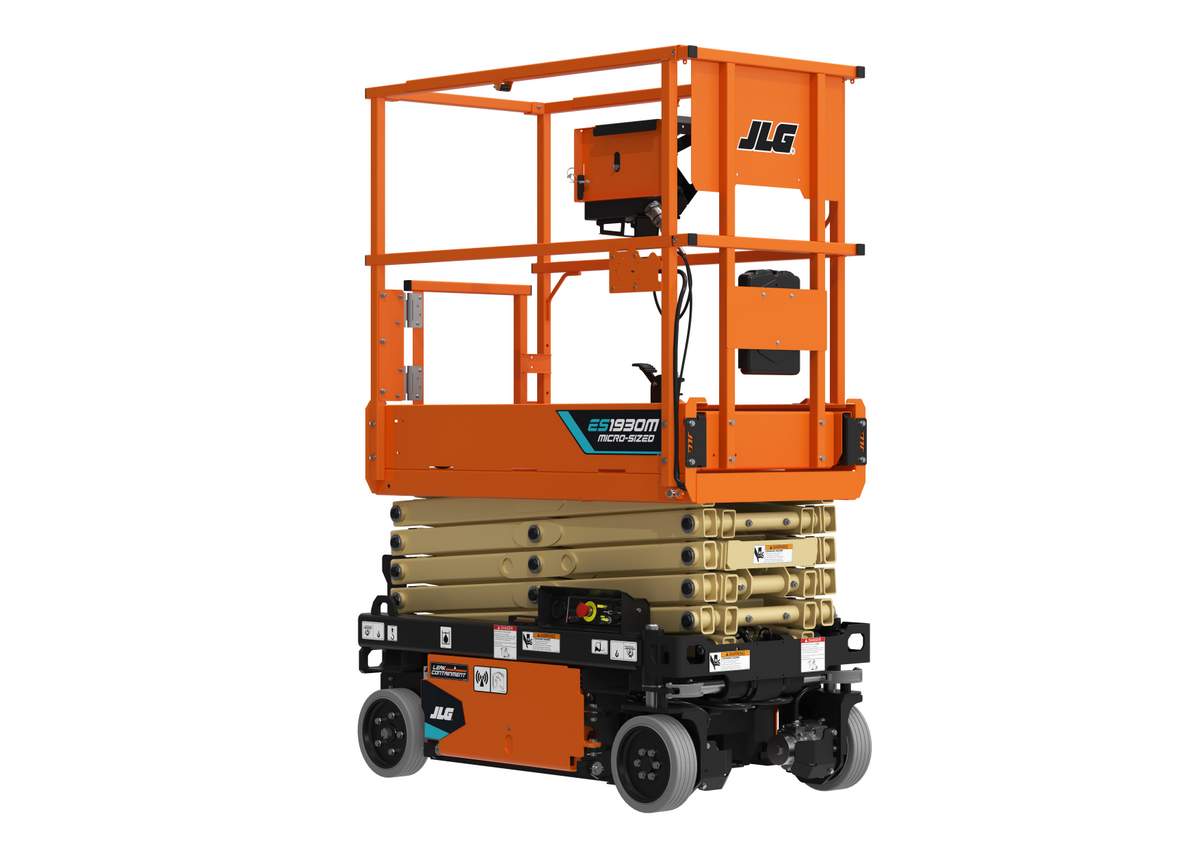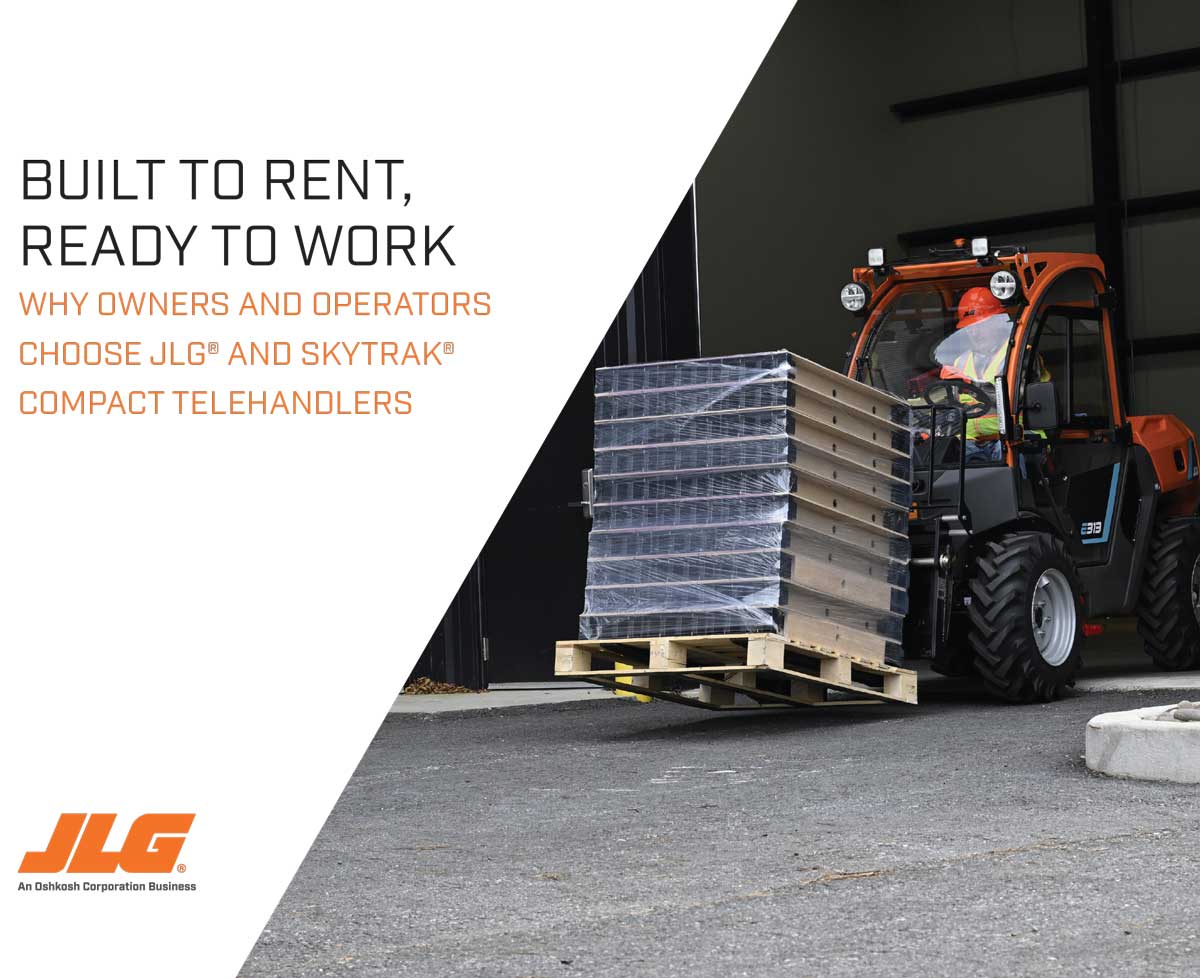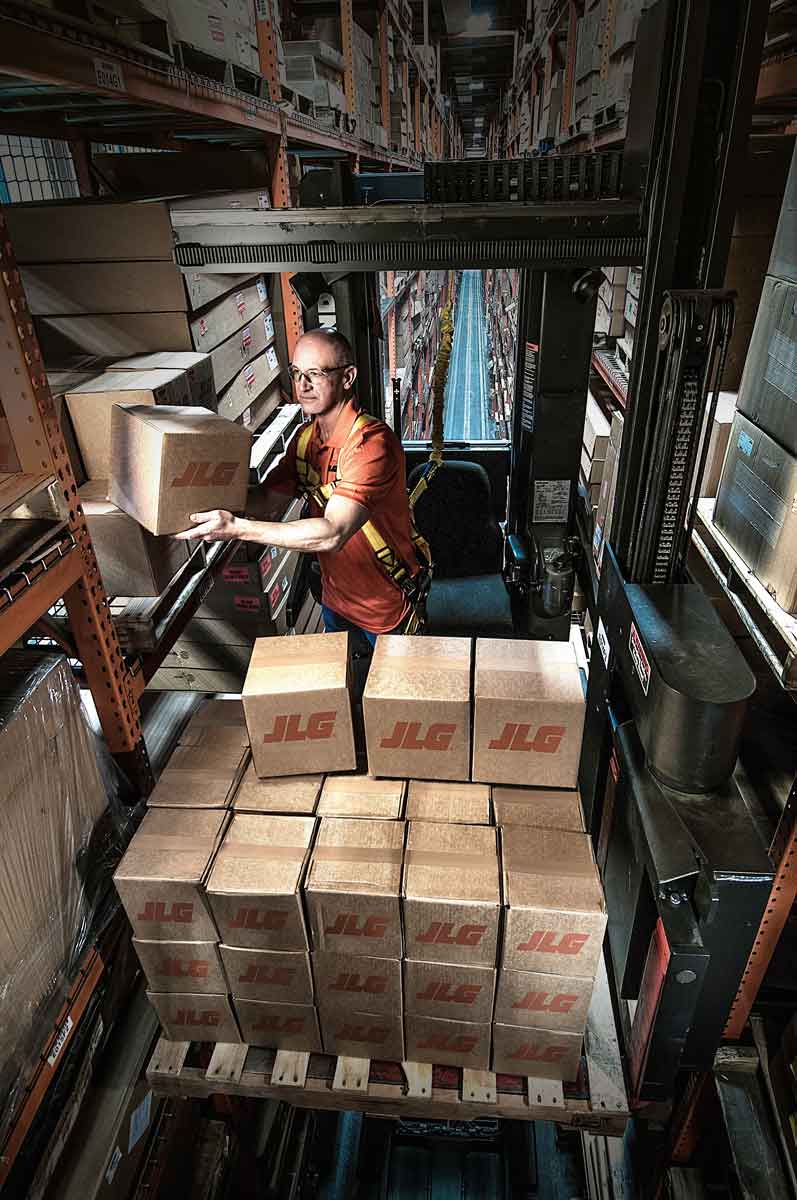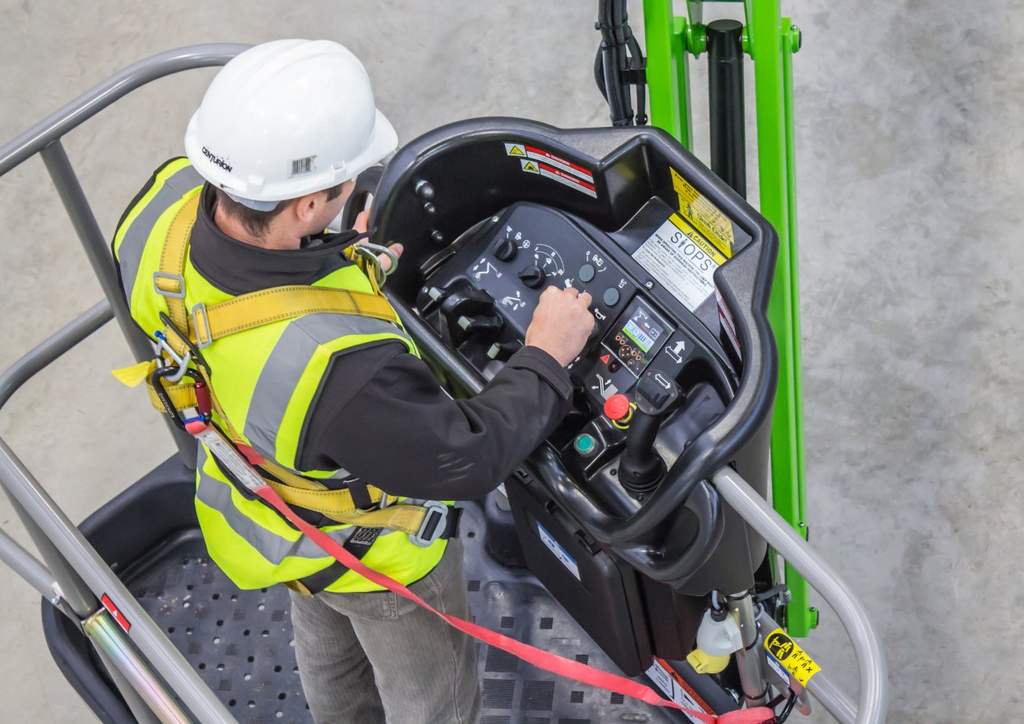ANSI Insights: New Stand-Alone MEWP Training Standard Provides Clearer Picture of Compliance
New ANSI A92 standards for mobile elevating work platforms (MEWPs, formerly known as AWPs) go into effect this December, for the first time including a stand-alone training standard that provides very clear guidance on what is required for compliance. The new training standard, which ANSI has developed over several years, includes language that provides methods and guidelines for training materials and defines administrative criteria and delivery elements required for proper training. It offers many more details about how to deliver the training, not just what must be in it.
Who says?
As a reminder, ANSI stands for the American National Standards Institute. It’s not a governing body and does not make or enforce laws. ANSI is an organization that coordinates the US voluntary consensus standards system, providing a neutral forum for the development and conformity of policies and assessment programs and processes. The International Powered Access Federation (IPAF), for its part, aims to foster the safe use of MEWPs by providing information and training to owners and users. IPAF representatives and members sit on the drafting committees for the ANSI Standards, and as an organization IPAF supports their intention and works toward publicizing information so that all who need to be aware have the maximum comprehension and understanding of what’s required for the safe use of the equipment.
More specific for greater compliance
When it comes to operator training, the existing ANSI A92 standards include a general statement to the effect that MEWP operators shall be trained and notes 11 topics that must be included in that training. The existing standard defines a training requirement, whereas the new standard defines a standard for that training. The new training standard sets up requirements. For example, it says training must be delivered in a manner that the trainee can understand, requiring attention to the trainee’s language and comprehension. Likewise, the new standards state that a trainee must be physically and mentally capable of going through a training program.
What does mentally capable mean? If you’re extremely anxious and frightened about going up 20 feet in the air, you’re not mentally capable of completing scissor-lift training, for example. But it’s not up to the trainer to decide who is capable of learning. The employer is the one responsible for selecting people who are capable of completing the tasks at hand.
The supervisor’s in charge
Throughout the new standards, the role of the supervisor is key. The supervisor is defined as the person charged with monitoring the MEWP operator in the performance of their tasks. New standards include language about MEWP occupants as well, which are not always one and the same as the operator. For example, there are many times when an engineering company will rent a MEWP with an operator and a representative will get on the equipment. In this case, it’s the operator who has the responsibility to make sure any occupants understand and are following appropriate MEWP safety procedures.
All training is not created equal
In the past, the standards weren’t as clear about what’s required within theory classroom training and the hands-on practical evaluation. It simply said each trainee shall operate under the supervision of a qualified person to demonstrate proficiency in the actual operation of equipment, which is extremely subjective. New standards, on the other hand, require trainees to identify the functionality of all the major components, to perform a pre-start and workplace inspection and to operate and function all of the controls to complete a course task to demonstrate proficiency. Then they must park and secure the machine. In short, the new standard is much more explicit on what a hands-on practical evaluation is, and what measuring competency entails.
Each trainee must show proficiency in both theory and practical operation, and the documentation requirements for the practical evaluation are much more thorough than existing standards require. Lastly, the new standard includes a requirement for retraining based on the observation and evaluation of the user (the employer). IPAF’s PAL Card is the best way to demonstrate that the holder has received ANSI-compliant operator training and what category of MEWP the training covers.
In fact, the new standards actually give five examples of situations when retraining would be necessary: Expiration of the operator’s valid training period; deterioration of operator performance within the safe-use standard; extended period of time with no operation; operator involvement in a near-miss; and introduction to newer, significantly different types of MEWP. In all of the above cases, the ultimate accountability is on the user (employer) and at IPAF, we want to make sure these individuals have all the knowledge they need of the new requirements for safe use. Without that knowledge, how can the right equipment be selected? How can a supervisor oversee and monitor operators? How can they evaluate them and their need for retraining? This is what those standards are about; operator training is just the starting point.
The bottom line is we now have a detailed and explicit stand-alone training standard as opposed to a requirement for training that was implicitly built into every other responsibility within the standards. The new standards provide much more detail and have removed a lot of the subjectivity about how to comply. As always, the goal is trained and competent MEWP operators for the safety of everyone involved.
For help finding compliant training, please visit www.ipaf.org/training or email info@ipaf.org.

